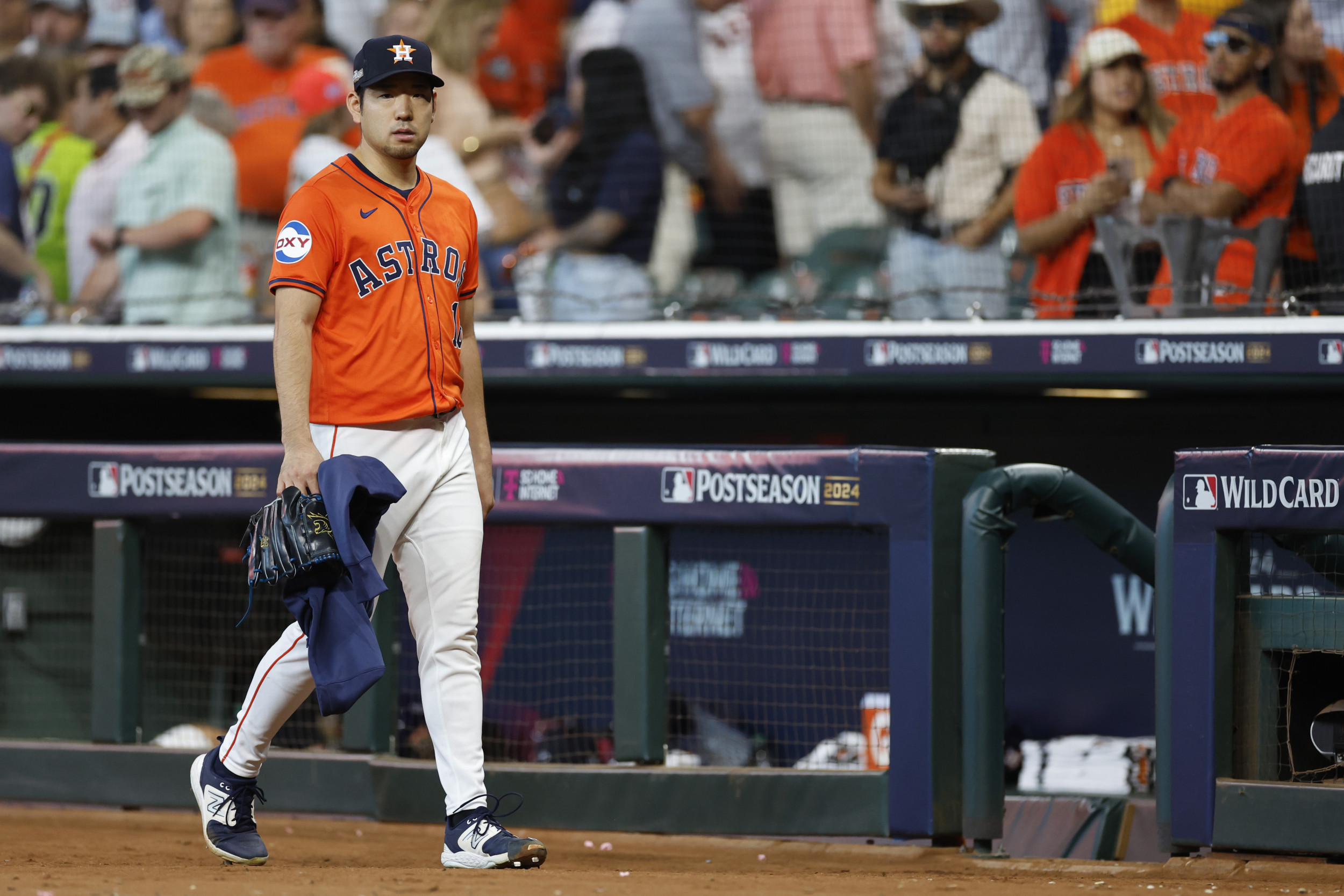A woman has gone viral for a seemingly bizarre reason: blow-drying her hair.
But the reason she blow-dried it has sparked a major online debate, and given her video a jaw-dropping 18 million views.
That reason? "Hair mold."
Content creator Kaley shared a short clip to her TikTok account @allthingskaley on November 2, showing her blow-drying her hair.
But it's the caption that got people talking, as she wrote: "Forever blow drying my hair as soon as I get out of the shower so I don't get mold."
She captioned the clip: "Have you heard of hair mold? I'm actually terrified now."
Kaley, who gave her first name only, told Newsweek she made the video after seeing something similar and "decided to join in on the trend," but it "took off much further than expected."
She clarified that hair mold is "not something I worry about," as after doing some research she realized "my hair care routine doesn't create the right conditions for this type of growth."
Regardless, Kaley's clip, liked over half a million times, proved controversial and racked up thousands of comments, some terrified at the idea, and others angrily refuting it.

"You'll only get hair mold if you let dead cell accumulate in your hair, and any person with a reasonable shower frequency would not," one user wrote, while one said it "sounds like paranoia."
One claimed they "had it too without knowing," while one asked in all-caps: "WHAT IS HAIR MOLD?"
Newsweek spoke to Harvard-trained dermatologist Dr. Roger Kapoor, who reassured readers that, essentially, hair mold is not a thing—however, "leaving your hair wet for extended periods of time creates the perfect environment for fungus and bacteria to grow on your scalp.
"The most common example is Malassezia, a fungus that naturally lives on the scalp. When this fungus is in warm, moist conditions for long periods of time, it replicates fast and can result in an itchy, irritated scalp, or unpleasant odors, or even weaken and break your hair."
This would not occur just by air-drying your hair, however, but by allowing it to stay wet in humid conditions, such as under a hat or against a pillow overnight, it provides conditions where fungus can grow.
"In general, the key is to let your hair dry completely so that you avoid trapping moisture on your scalp allowing it to stay healthy and fresh," he explained.
Hair transplant surgeon and hair loss expert Dr. Ross Kopelman of Kopelman Hair Restoration agreed: "Mold growing on your hair from simply letting it air dry isn't something you need to worry about under normal circumstances. Hair is made of keratin, and it doesn't easily support mold growth."
He also referred to Malassezia, which "people sometimes confuse with 'mold,'" and even in an instance where this leads to a build-up of bacteria or yeast on the scalp, "we're not talking about mold on the hair itself."
Kopelman recommended regular scalp washing, avoiding tight hairstyles while wet, and to dry the hair thoroughly, using a low heat setting on a hairdryer to prevent damage.
Kaley admits she has "mixed feelings" about the video going viral, with some commenters making "harsh, personal attacks," and says she has stopped trying to sift through the hundreds of comments.

"The video was meant to be a joke, with some exaggerated dramatization for comedic effect. I even added silly music to reinforce that it wasn't meant to be taken seriously," she said.
After taking time to respond to some of the comments—including one user who told her she would be "bald by 30" if she blow-dried her air directly after a shower—Kaley has now stopped responding as much to the massive reaction.
And, she added, she takes proper care of hair, and doesn't dry it while it's "sopping wet."
"I always wait 30-60 minutes post-shower, use a heat protectant, and keep the heat at a medium or low level to minimize damage. I rarely use hot tools beyond that."
Kopelman said that in his opinion, it's not necessary to use a hair dryer to avoid "mold," and "air-drying is great as long as you're not in a rush and you allow your hair to dry fully before tying it back."
"There's no need to panic about this TikTok trend," he said. "Keeping your scalp clean and letting your hair dry properly—whether air-drying or blow-drying—is more than enough to prevent any issues."
Do you have funny and adorable videos or pictures you want to share? Send them to life@newsweek.com with some extra details, and they could appear on our website.



















 English (US) ·
English (US) ·